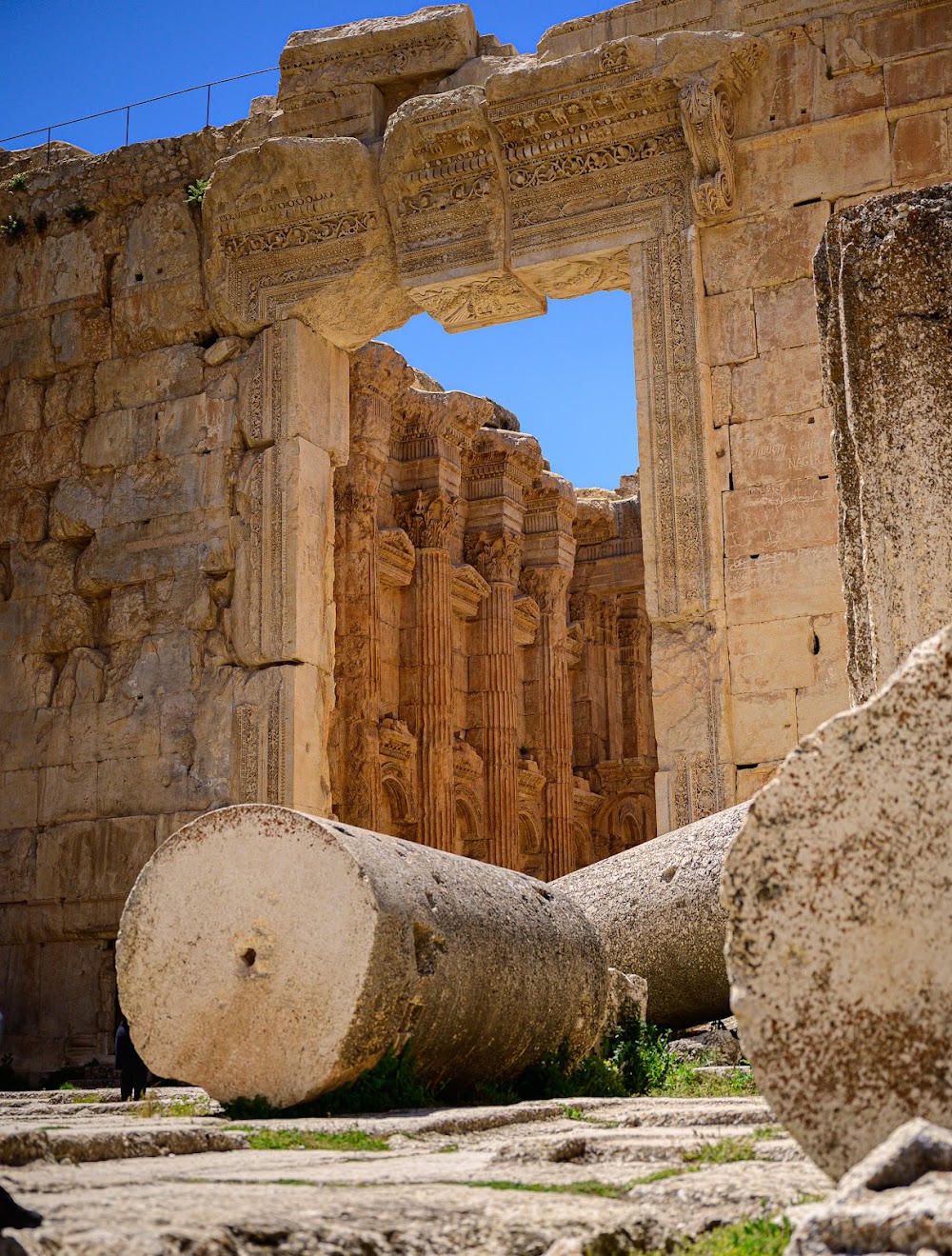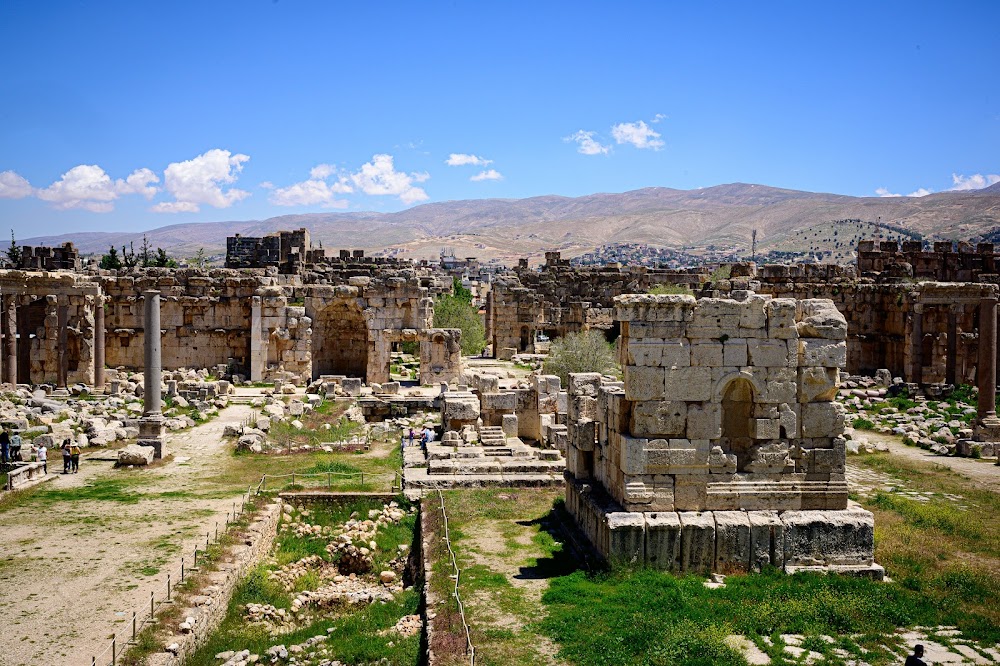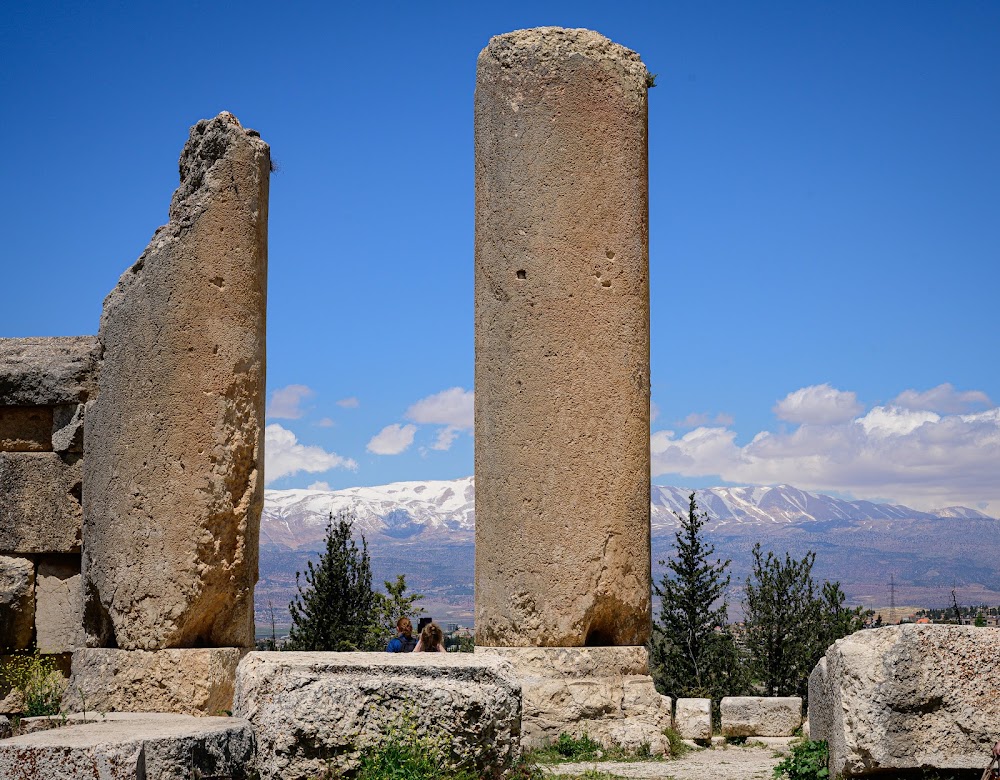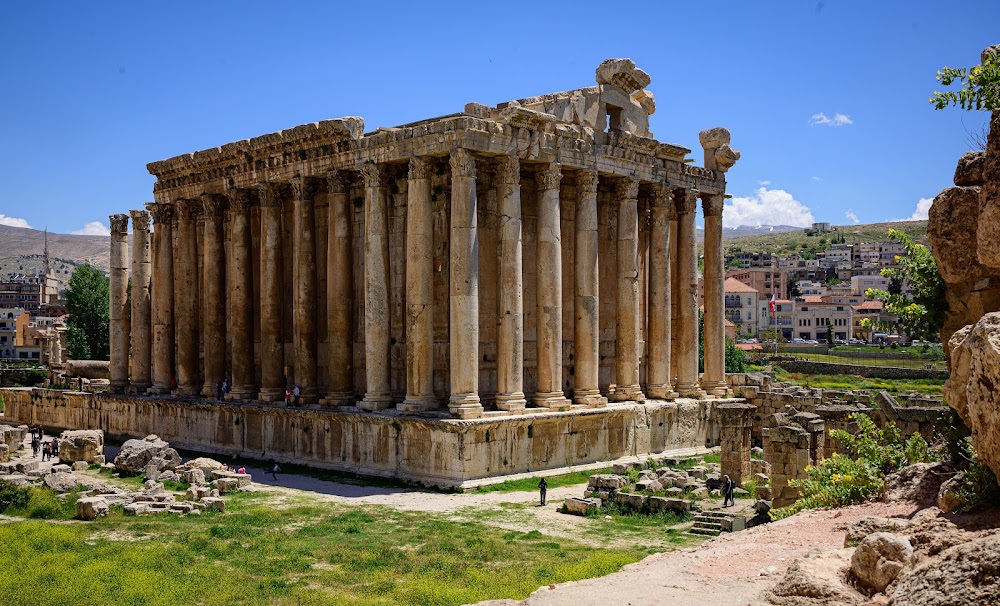Baalbek Museum (متحف بعلبك)
Related Places
Overview
The **Baalbek Tunnel Complex**, located in Baalbek-Hermel, Lebanon, is a stunning example of ancient engineering that highlights the incredible skills of the civilizations that once flourished in this region. Now known as the **Baalbek Museum**, this underground marvel offers visitors a captivating glimpse into the past, revealing secrets that lie beneath the renowned surface structures.
Baalbek is famous for its impressive temples dedicated to **Jupiter, Bacchus,** and **Venus**, monumental edifices constructed by the Romans in the 1st century AD. However, the city’s history stretches back thousands of years, with roots tracing back to the **Phoenicians** and even earlier cultures. Beneath these iconic temples lies the lesser-known yet equally fascinating tunnel complex, an essential part of Baalbek's ancient infrastructure.
The intricate **subterranean passages** were designed by skilled ancient engineers for multiple purposes. Initially, they played a crucial role in **water management**, ensuring a reliable water supply for the city’s inhabitants and irrigating surrounding agricultural land. These tunnel systems expertly collected and channeled water from nearby springs and underground sources, demonstrating the ingenuity of their creators.
The construction process of the tunnels is an impressive feat of precision and craftsmanship. Workers would meticulously select suitable locations, influenced by the natural landscape and available water sources. They embarked on the painstaking task of digging and stone-cutting to create the tunnels, utilizing a range of tools including chisels, hammers, and possibly early forms of drills. Torches and oil lamps illuminated their work in the depths of the earth.
To ensure structural integrity and prevent collapse, each tunnel was reinforced with precisely fitted stone slabs. This technique not only provided strength but also safeguarded the water supply from contamination. The smooth, uniform walls of the tunnels attest to the artisans' skills, who carved out extensive networks with limited technology.
Over the centuries, particularly during the Roman era, the tunnels underwent expansion and modification to accommodate the city’s increasing demands. The Romans, celebrated for their architectural and engineering expertise, likely added new chambers and access points. These tunnels may have also served strategic military purposes, providing covert routes and storage for supplies.
In modern times, the transformation of the tunnels into the **Baalbek Museum** has breathed new life into this ancient network. Archaeological excavations and restorations have uncovered and preserved these tunnels, making them accessible to the public. The museum features an array of artifacts discovered within the tunnels and the broader Baalbek area, including pottery, tools, and inscriptions that illuminate the everyday lives of past inhabitants.
Visitors to the Baalbek Museum have the unique opportunity to traverse these tunnels, walking through history as they engage with exhibits that narrate the city’s rich cultural heritage. The museum not only safeguards the physical structure of the tunnels but also educates the public about the innovative methods ancient engineers employed to tackle practical challenges while constructing enduring infrastructures.
Today, the **Baalbek Tunnel Complex** stands as a testament to human ingenuity and resilience. It embodies the harmonious blend of form and function achieved by ancient builders and highlights the ongoing efforts to preserve and celebrate our shared history. As visitors wander through the cool, echoing corridors, they are transported back in time, deepening their appreciation for the complex artistry and sophisticated engineering that brought this underground world to life.







